Disposable gloves are such a common and expected sight in many workplaces that they almost go unnoticed. Disposable gloves are an important health and safety tool in many industries across New Zealand, being used in environments such as food preparation, garages, domestic services, hygiene and healthcare. In essence, they're simply an effective barrier in material handling. Dive deeper and their use can be associated with minimising contamination, reducing sickness, and increasing employee safety.
Materials like vinyl, latex, nitrile and polyethylene are popular choices for disposable gloves, but careful consideration also needs to be placed into thickness, colour and the levels of grip offered so that you’re using the gloves best suited to the application that you’ll be using them for. It's this wide variety of choice that has led us to create a simple explainer of Primepac's range of disposable glove options, and the main differences between them.
In this article we'll cover some popular disposable gloves and their uses, so you can choose the best gloves that are right for you.
Vinyl Gloves
Vinyl gloves have long been popular in the food industry. Their thin material is best suited to delicate work where sensitivity in touch is valued, and the risk of puncture is minimal. Vinyl gloves are often bright blue which makes them ideal for food service industries as the blue is usually a stark contrast to the colours of the food.
It’s important to note that there isn’t much stretch in vinyl so ensuring you have the correct glove sizes is paramount. Vinyl gloves that are the right size will reduce slippage from smaller hands, or unnecessary restriction in large hands.

Uses: Vinyl gloves are perfect for food preparation and catering, and great for frequent glove changes to reduce contamination.
Benefits: Latex free and looser fitting, vinyl gloves are good for short-term, low-risk tasks. They’re also the most economic option.
Industries: Food service, cleaning, restaurants and light industrial workplaces.
Primepac stock a range of vinyl gloves at different price points, including blue vinyl gloves which are perfect for large scale food operations.
Latex Gloves
Latex gloves are produced from raw latex, which is tapped from rubber trees. Highly comfortable and with a good amount of stretch, these gloves will fit like a second skin and can be worn for extended amounts of time making them popular for medical and cosmetic use. Relatively cost-effective, the only downside is that they aren't suitable for anyone that has a latex allergy.
Latex gloves are mostly used in industries where prolonged and highly tactile work is required. Their close fit to hands means there are no bulges, folds or loose bits of glove to get in the way. They are slightly more durable than vinyl gloves which means they can be worn for several hours at a time.
Latex gloves will also provide an effective barrier against potentially irritating substances such as bleaches, dyes and chemicals. Whereas loose-fitting gloves offer an opportunity for liquids to slip within the glove, latex gloves form a barrier at the wrist which eliminates this possibility.
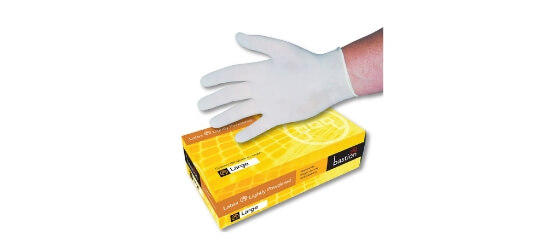
Uses: Latex gloves are most suited to carers, tattooists, hairdressers and anyone that works in a medical profession.
Benefits: Very elastic, strong and comfortable with a high level of touch sensitivity. These gloves can be worn for long amounts of time.
Industries: Beauty, cosmetics, food preparation, healthcare, hygiene, laboratories and medical environments.
View the range of latex gloves available from Primepac.
Nitrile Gloves
Made from a mixture of man-made compounds, nitrile gloves offer less risk of allergic reactions than most other gloves. Extremely flexible and stretchy while offering great dexterity, nitrile gloves are superior when it comes to puncture resistance. They are the preferred glove of dentists, mechanics and, more recently, even hairdressers.
Nitrile gloves come in powder-free variants and also cut-resistant versions. These attributes make them ideal for industries where sharp objects are an ever-present risk and make them practical for use in food cutting or prep areas, garages, and workshops.
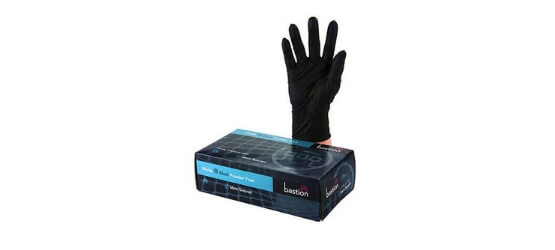
Uses: Most commonly used by those in medical professions as well as hairdressers, tattooists, mechanics and people working in the food industry.
Benefits: Latex-free and puncture resistant, nitrile gloves will also mold to your hands for a great fit. They can also be worn for an extended amount of time and work well for high-risk situations involving infectious material.
Industries: Cosmetics, workshops, garages, heavy industrial environments, meat processing and animal handling.
Browse the range available from Primepac and choose from heavy duty black nitrile to orange nitrile gloves.
Polyethylene Gloves
Polyethylene gloves are the most economical glove you can buy, and are most often used for light-duty tasks that require frequent glove changes. These gloves have a loose fitting design for easy on and off applications, which is especially useful for the food industry. Lightweight, they also come in two different colours – clear and blue.
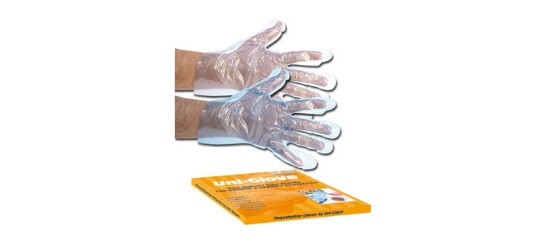
Uses: Food preparation and catering.
Benefits: Economical, lightweight and loose fitting.
Industries: Food handling environments.
Take a look at PE disposable gloves on Primepac.
You should now have a good understanding of the different types of disposable gloves available however it can always be handy to have a helpful quick-reference guide!
We’ve put together a simple chart which compares the durability and cost of the different types of disposable gloves available, so if you’re still not sure which type of glove you need, this should help! You can check out the chart by clicking below.
If you’d like to take a look at some more disposable glove options you can take a look at our full range here.

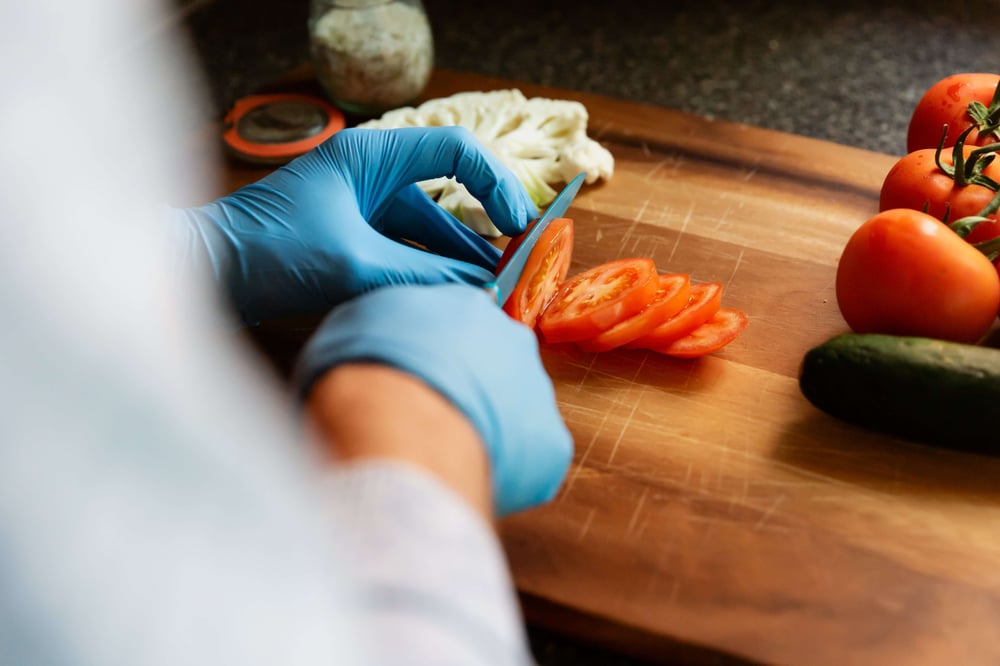
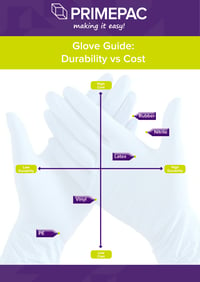


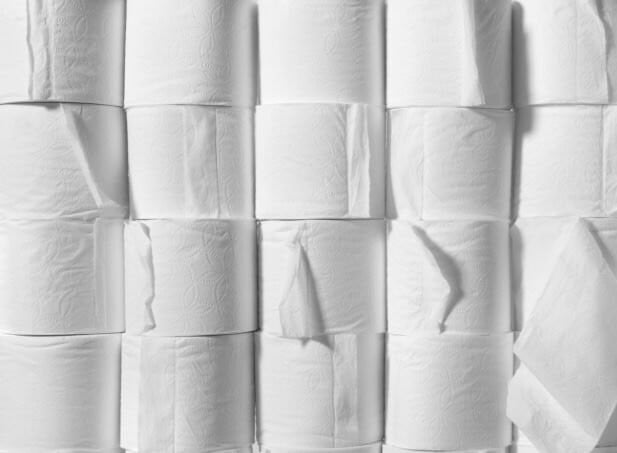


.png)

